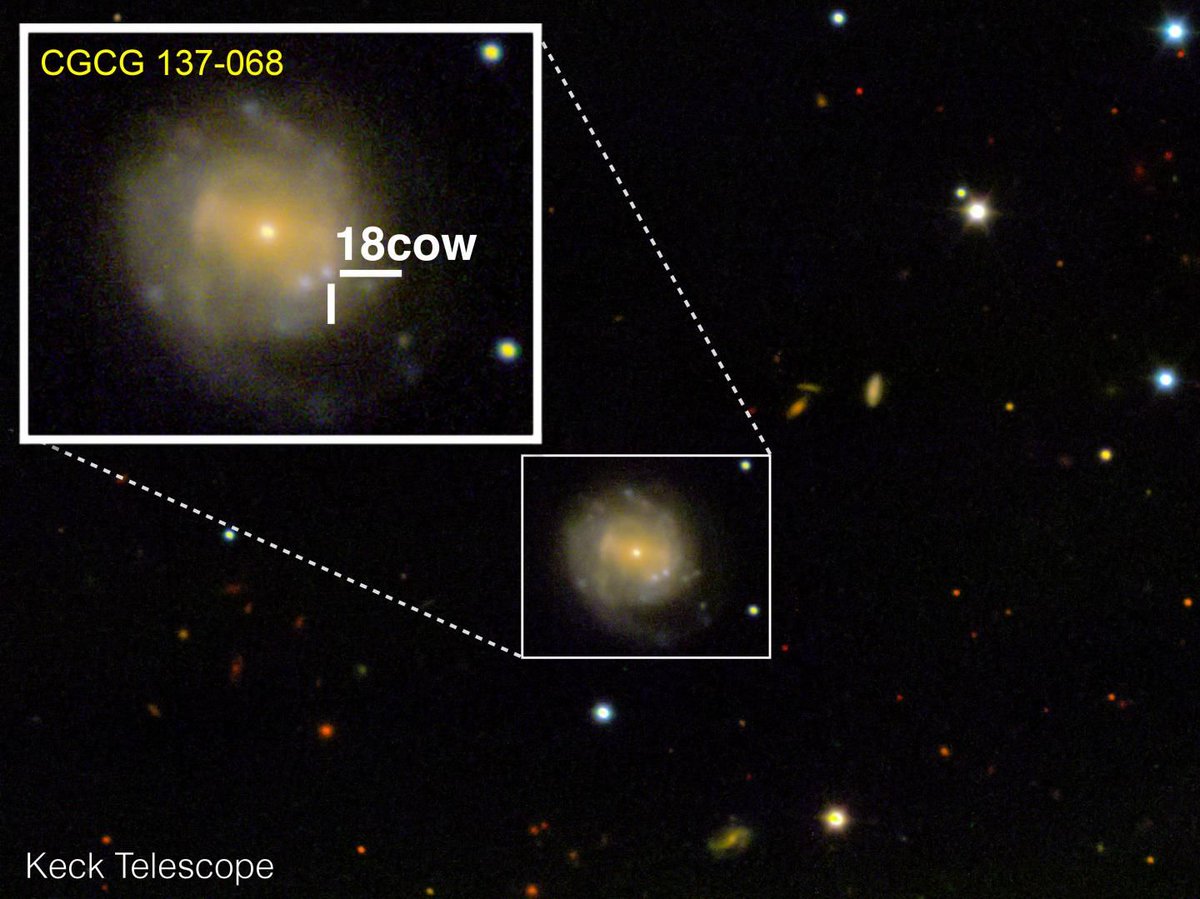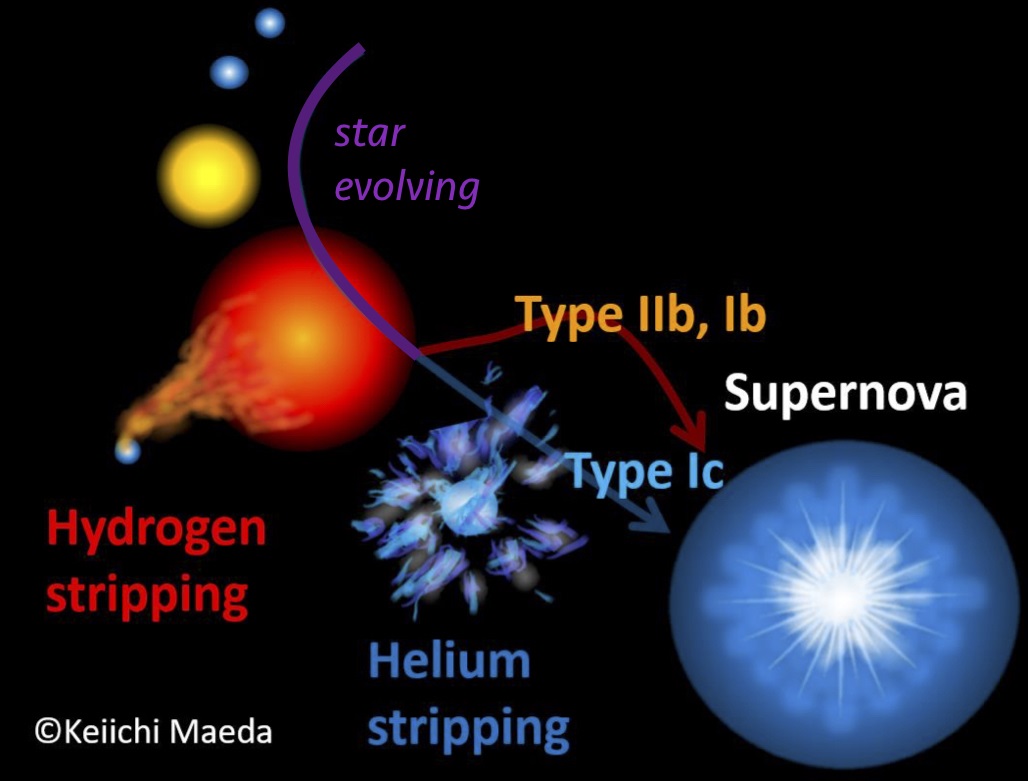

New type of supernova discovered by astronomers Las Cumbres Observatory and Hubble Space Telescope color composite of the electron-capture supernova 2018zd (the large white dot on the right) and the host starburst galaxy NGC 2146 (toward the left). Follow-up observations helped them verify the orbit of the binary star system, named CPD-29 2176.

She sent her initial results - which resembled something like a scatterplot - to Richardson, who recognized that she had pinned down an orbit for the double-star system. “It’s hard to see directly through all that stuff.” “The telescope looks at a star and it takes in all the light so that you can see the elements that make up this star - but Be stars tend to have disks of matter around them,” Pavao said.
SUPERNOVA IN 0 AD HOW TO
He shared the telescope data with her and throughout the pandemic, Pavao learned how to work with the data from the telescope in Chile and clean it up to reduce distortion. In 2019, Clarissa Pavao, an undergraduate student at the university, approached Richardson while taking his astronomy class to ask if he had any projects she could work on to gain experience with astronomy research. Richardson, now an assistant professor of physics and astronomy at Embry-Riddle Aeronautical University. One of those interested in using this data to learn more about the star was Dr. European Southern ObservatoryĪstronomers spy the ghost of a star and cosmic cobwebs The result is an extremely detailed and stunning view of both the gaseous filaments in the remnant and the foreground bright blue stars that add sparkle to the image. To capture this image, four filters have been used, represented here by a combination of magenta, blue, green and red. OmegaCAM can take images through several filters that each let the telescope see the light emitted in a distinct colour. This detailed image consists of 554 million pixels, and is a combined mosaic image of observations taken with the 268-million-pixel OmegaCAM camera at the VLT Survey Telescope, hosted at ESO's Paranal Observatory. This image shows a spectacular view of the orange and pink clouds that make up what remains after the explosive death of a massive star - the Vela supernova remnant.


 0 kommentar(er)
0 kommentar(er)
